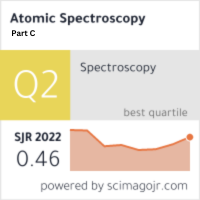Malware detection in Social Internet of Things (SIoT) for E-commerce using Machine Learning methods
Keywords:
Internet of Things, Social Internet of Things (SIoT), Autoencoder, malware detection, security, Machine Learning (ML).Abstract
The Internet of Things (IoT) plays a key role in each object of the next-generation people like smartphones, wearable devices as well as actuators and sensors have been provided with digital counterparts. The goal of augment the ability of physical objects and perform on behalf of communicating with third parties. The object has ability in interacting and establishing autonomous social relationships in accordance with the Social Internet of Things (SIoT). Objects such as humans have been considered to be social and intelligent. They created its Social Network (SN) to accomplish their usual goals like improvement in performance, functionality and efficiency for satisfying their needed services. Their privacy might be violated and their data can be made available to the public. IoT is unlikely to take the lead as a technology until it has proven methods to strengthen reliable connectivity between nodes. There are various preventions of malware detection have been created subsequently to hide their hazardous behaviors from analysis tools. Therefore, it's unable to use traditional malware detection techniques, and the SIoT must be secured by creative solutions against such anti-detection malware. In identifying malware attacks imposed by hostile nodes as well as separating it from the network. This proposed Autoencoder (AE) utilizes the auxiliary data for pre-trained and Machine Learning (ML) is using for fine tuning model for accurate detection of malware from the Message Queuing Telemetry Transport (MQTT) dataset. To evaluate the proposed AE with ML method has accomplished the best performance using confusion matrix metrics such as accuracy, precision, recall, F1-score are comparing with an existing methodologies.



